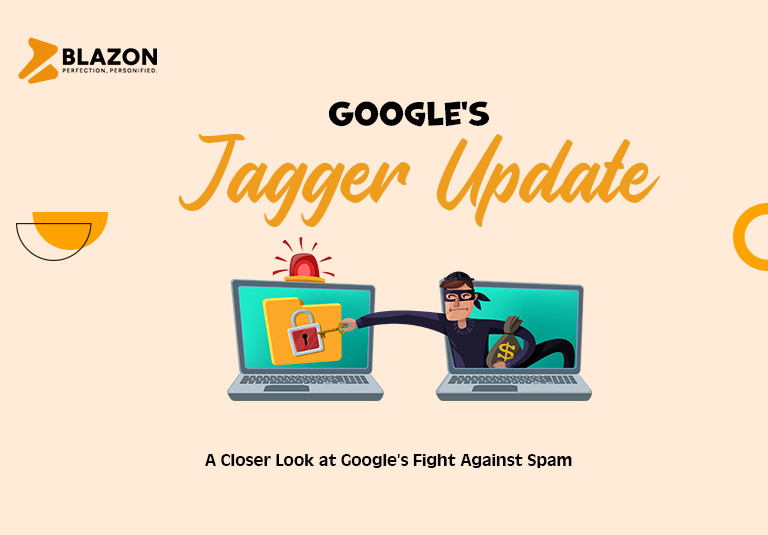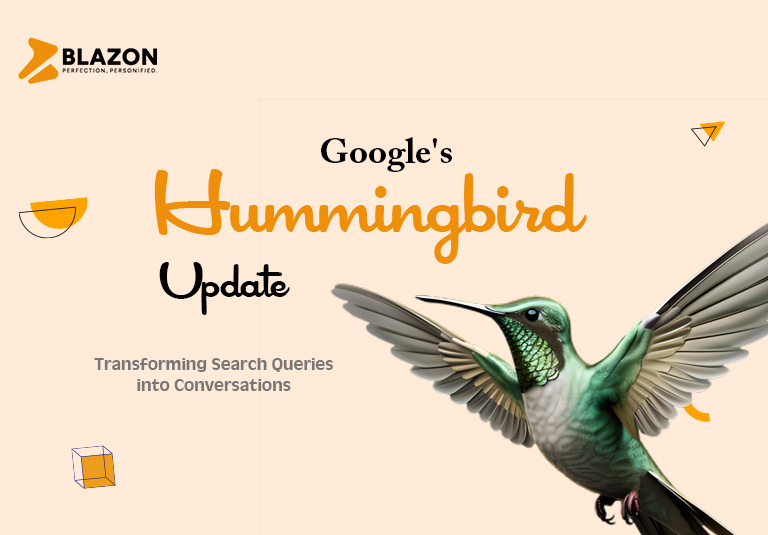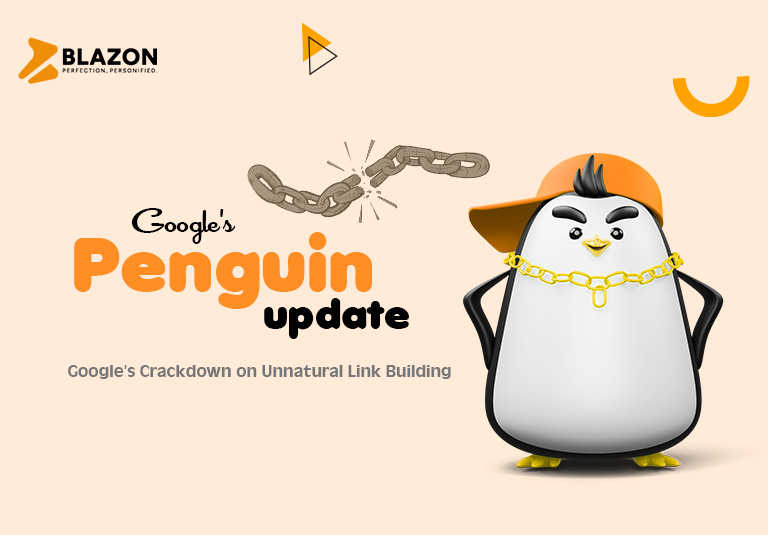In the fall of 2005, Google launched the Jagger update, a series of algorithmic changes aimed at combating spammy tactics and improving the quality of search results.
This update had a significant impact on the SEO landscape, shaking up rankings and forcing webmasters to adapt to a new set of rules.
The Three Phases of Jagger
Jagger wasn’t your run-of-the-mill algorithm update, it was a multi-faceted endeavor, with each phase targeting specific aspects of SEO.
Phase one focused on link quality, phase two honed in on reciprocal linking, and phase three took aim at duplicate content and other black-hat practices.
During phase one, Google sharpened its scrutiny of inbound links, penalizing websites with spammy or irrelevant backlink profiles.
Phase two saw a crackdown on excessive reciprocal linking schemes, where websites exchanged links solely for the purpose of inflating their authority.
Phase three was perhaps the most impactful, as Google intensified its efforts to combat duplicate content and keyword stuffing.
Websites engaging in these practices saw their rankings plummet, while those prioritizing quality content and ethical SEO tactics emerged victorious.
The Impact of Jagger on SEO
The impact of the Jagger update was felt across the SEO community. Websites that had been relying on spammy tactics to boost their rankings saw significant drops in visibility, while those following best practices experienced improvements.
Jagger forced webmasters and SEO professionals to reevaluate their strategies and focus on creating high-quality content that met the needs of users.
It emphasized the importance of natural link building, quality over quantity, and transparency in SEO efforts.
Navigating the Post-Jagger Landscape
In the aftermath of the Jagger update, SEO became more about playing by the rules and less about gaming the system.
Webmasters had to prioritize ethical practices and user experience to maintain or improve their rankings.
Key areas of focus post-Jagger included building high-quality backlinks from reputable sources, optimizing on-page content for relevance and value, and ensuring a positive user experience across devices.
Conclusion
The Jagger update represented a turning point in the evolution of search engine optimization.
By targeting spammy tactics and rewarding quality content, Google sought to improve the relevance and usefulness of search results for users.
Moving forward, webmasters and SEO professionals must continue to prioritize ethical practices and user-centric strategies to succeed in the post-Jagger landscape.
By focusing on providing valuable content and a positive user experience, websites can achieve sustainable growth and visibility in search results.














